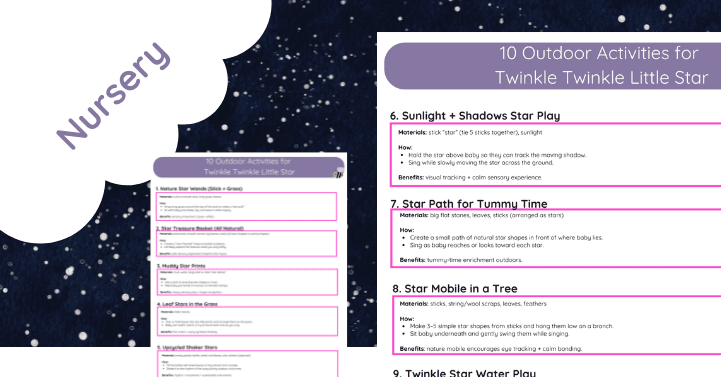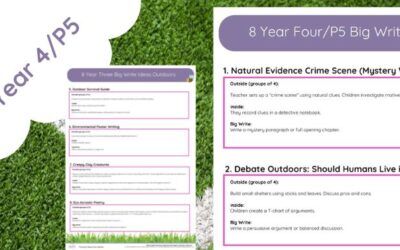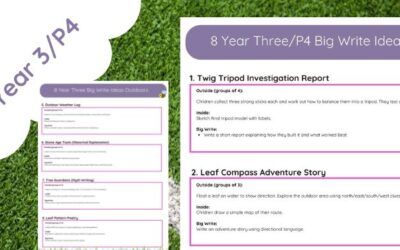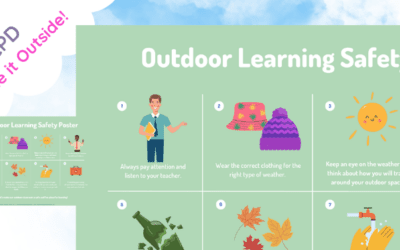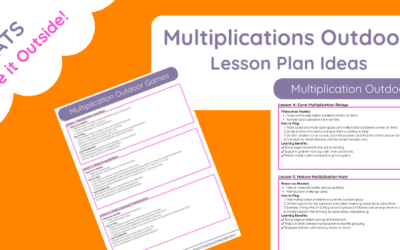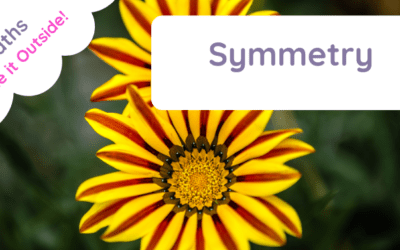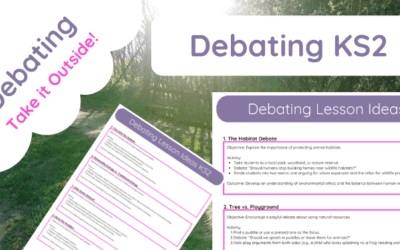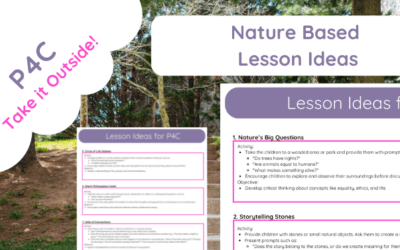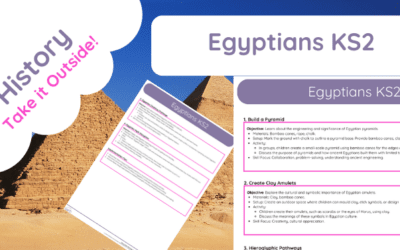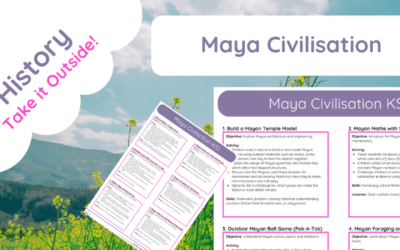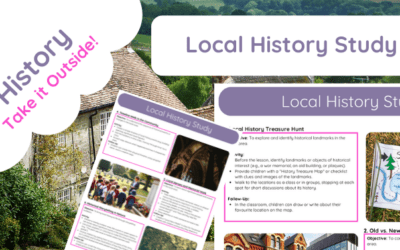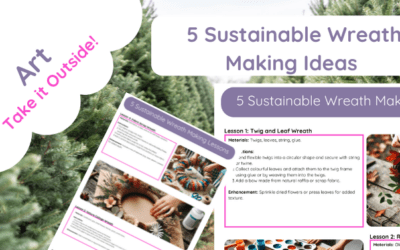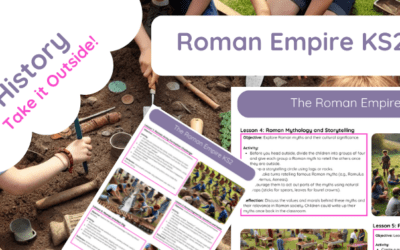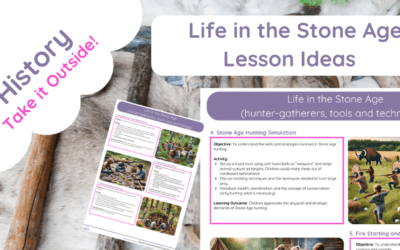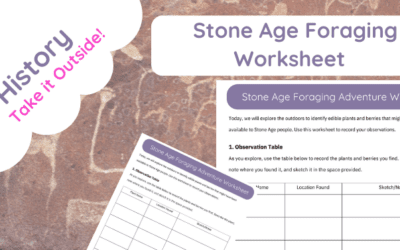Bring new energy and purpose with these 8 Year Four Big Write Ideas Outdoors for writing lessons with this collection...
8 Year Three Big Write Ideas Outdoors
Nov 23, 2025
Give your Year Three writers a fresh burst of creativity with this collection of powerful outdoor learning Big Write...
Outdoor Learning Safety Poster
Mar 29, 2025
Outdoor Learning Safety Poster Keep your outdoor learning sessions safe, clear, and confident with our vibrant Outdoor...
Outdoor Multiplication Lesson Plans
Mar 18, 2025
Outdoor Multiplication Lesson Plans – A Fun and Engaging Way to Teach Maths Transform Maths Learning with Outdoor...
Outdoor Symmetry Lessons
Feb 4, 2025
Outdoor Symmetry Lessons – The Muddy Puddle Teacher Make Symmetry Come to Life in the Great Outdoors! Transform the...
Debating Lesson Ideas KS2
Jan 4, 2025
Debating Lesson Ideas for KS2: Engage Young Minds Through Thought-Provoking Discussions Product Description: Transform...
P4C Nature Based Lesson Ideas
Jan 4, 2025
P4C Nature-Based Lesson Ideas: Inspiring Philosophical Inquiry Outdoors Product Description: Transform your teaching...
Egyptians KS2
Dec 30, 2024
Egyptian-themed Outdoor Lessons for KS2 Transform learning about Ancient Egypt into an engaging outdoor adventure with...
Maya Civilisation KS2
Dec 17, 2024
Maya Civilisation Adventure Outdoor Learning Resource Pack – KS2 Product Description: Bring the fascinating world of...
KS2 World War II Experience
Dec 17, 2024
Outdoor Learning Resource Pack: KS2 World War II Experience Product Description: Take learning beyond the classroom...
Victorians KS2
Dec 17, 2024
Victorians KS2: Outdoor Learning Pack Explore the Victorian Era through Hands-On, Outdoor Activities Bring history to...
Local History Study
Dec 17, 2024
Local History Study – Outdoor Learning Resource Engage, Explore, and Discover Local History with Outdoor Learning!...
5 Sustainable Wreath Making Ideas
Dec 10, 2024
With our 5 Sustainable Wreath Making Ideas pack, transform natural and upcycled materials into stunning decorative...
The Roman Empire KS2
Dec 9, 2024
Outdoor Learning Pack - The Roman Empire KS2 Unleash the power of immersive, hands-on learning with our Outdoor...
Stone Age Recipes
Nov 28, 2024
Stone Age Recipes for Open Fires – A Guide for Forest School Leaders Bring the ancient art of outdoor cooking to your...
Life in the Stone Age Lesson Ideas
Nov 28, 2024
Bring history to life with our comprehensive Life in the Stone Age Lesson Ideas! This engaging resource is packed with...
Stone Age Foraging Worksheet
Nov 28, 2024
Engage children in a hands-on, immersive learning experience with the Stone Age Foraging Worksheet! Designed for...
Christmas Nature Art Activities KS2
Nov 21, 2024
Christmas Nature Art Activities for KS2 Bring festive creativity to the outdoors with our Christmas Nature Art...
New In
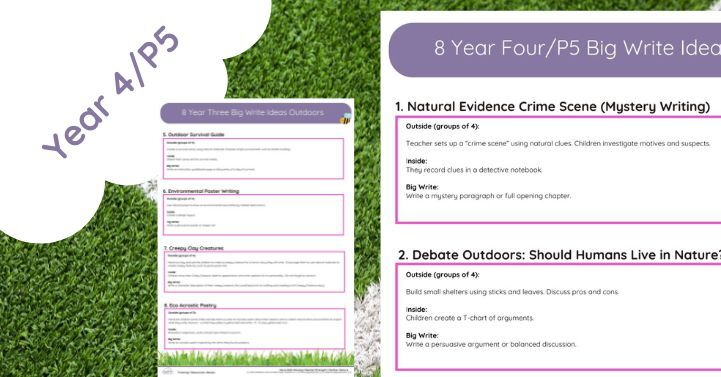
8 Year Four Big Write Ideas Outdoors
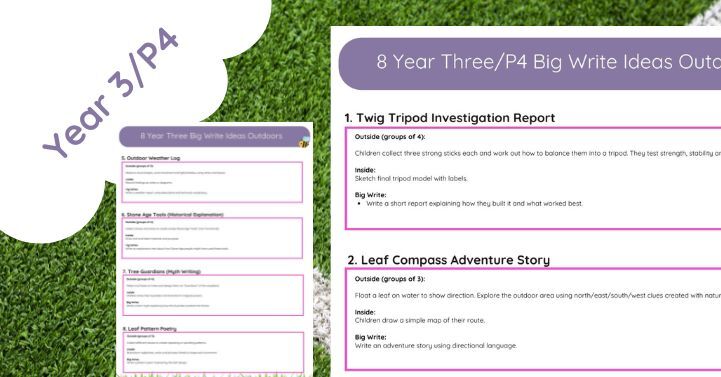
8 Year Three Big Write Ideas Outdoors
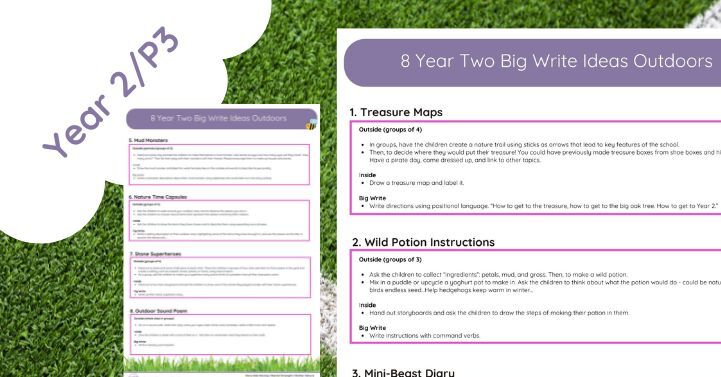
8 Year Two Big Write Ideas Outdoors
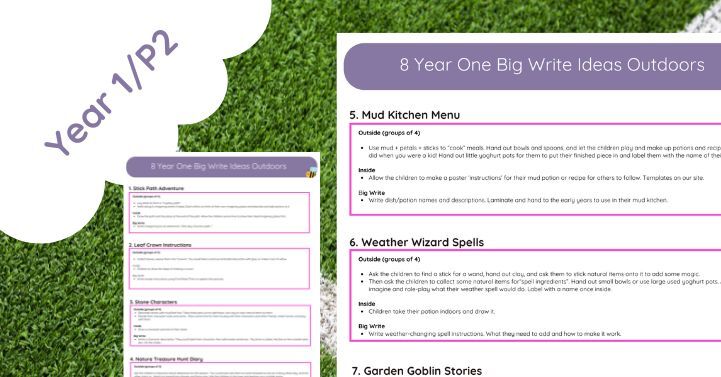
8 Year One Big Write Ideas Outdoors
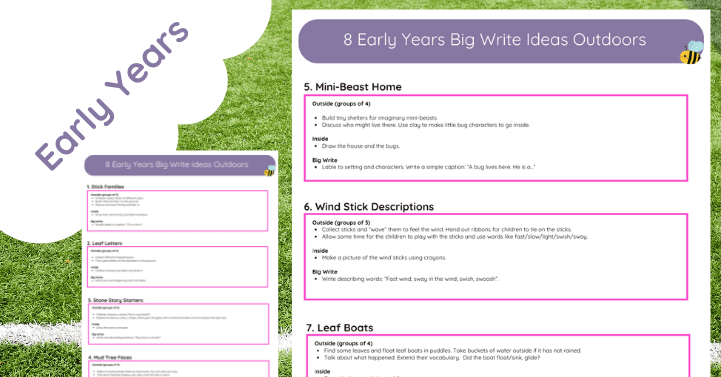
8 Early Years Big Write Ideas Outdoors
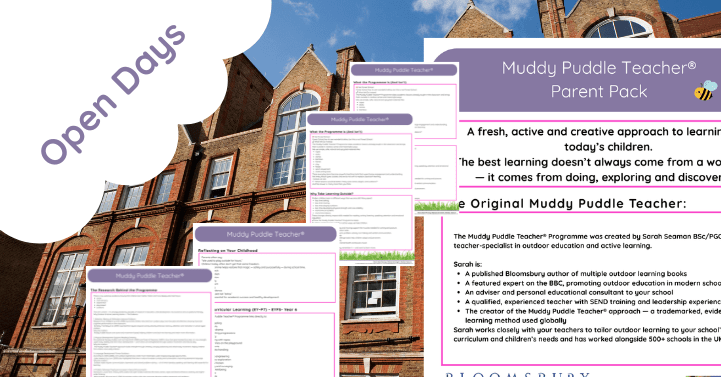
Open Day Outdoor Learning Parent Packs ( Muddy Trained Schools)
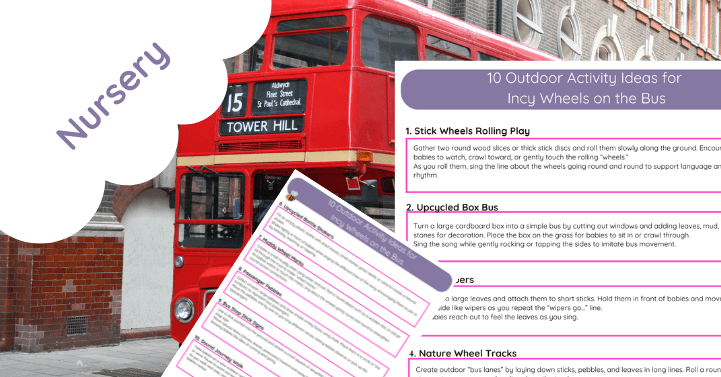
10 Outdoor Activity Ideas for Wheels on the Bus
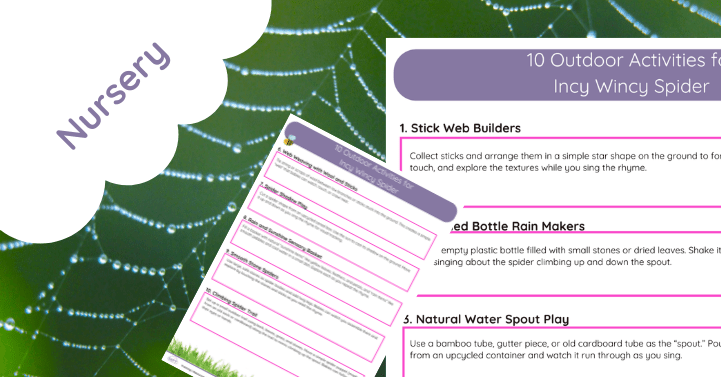
10 Outdoor Activities for Incy Wincy Spider
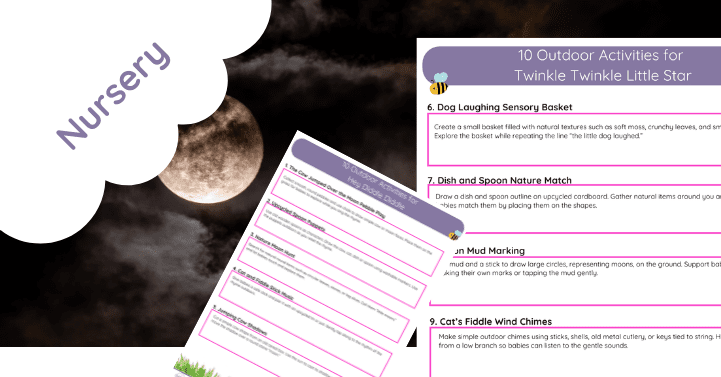
10 Outdoor Hey Diddle Diddle Activity Ideas
